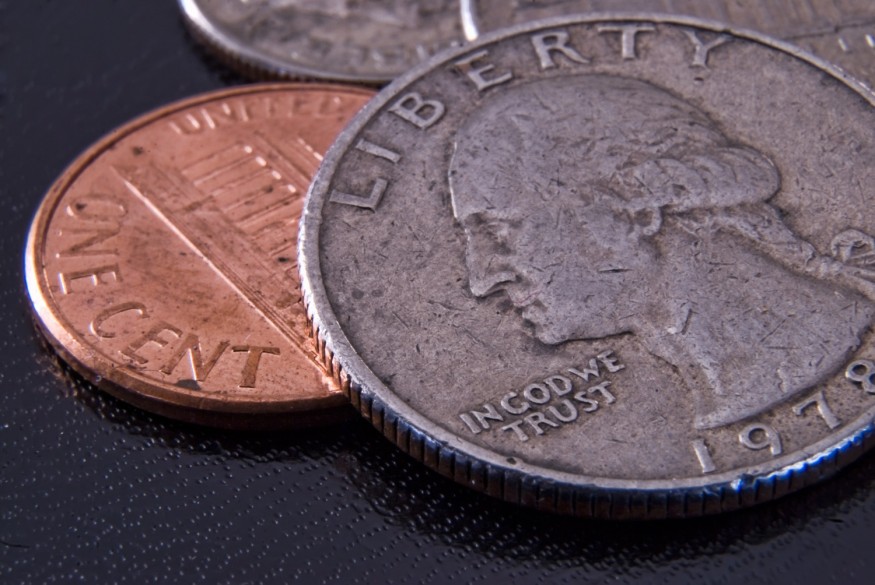Four gold coins and about seven thousand silver coins have been found on a farm in Hungary. The stashed gold and silver coins are of late medieval origin.

The Ottoman Empire attacked Hungary in the 16th century. The wave of attacks may have caused fear and forced the Hungarians to bury a gold and silver stash on a farm.
An exploration on a modern-day farm by archaeologists has led to discovering the cherished treasure that was suspected of having been buried in Hungary.
There were a series of wars in different regions of the world in the medieval period, especially the middle-east, Europe, and Asia. These wars caused panic and prompted people to abandon their property and run to hide for their safety.
Hungary became a site of attraction to archaeologists when 150 ancient coins were discovered on a farm at újlengyel, a village that's about 31 miles (50 kilometers) southeast of Budapest, Hungary, in 2019. The discovery of the ancient coins ignited archaeologists' interest in exploring the area for the possible discovery of the medieval coins.
According to a Facebook post from the Ferency Museum in Hungary, the researchers equipped themselves with sophisticated metal detectors and returned to the site in late December 2020. They searched for other treasures and eventually discovered the gold and silver coins buried in the ground.

The Expedition That Led to the Discovery of The Medieval Coins
Ferency Museum's coin expert, Balázs Nagy, led a two-day expedition, assisted by a team of volunteers and the Community Archaeological Association. At the site located on a nearby hill, the archaeologists dug through a small shaft and found a broken vessel in half. Perhaps, it was damaged as a result of farming activities on the farm hundreds of years ago. However, thousands of ancient coins were discovered strewn about the shaft.
The Facebook post revealed that the newly discovered coin collection consisted of four gold coins and seven thousand silver coins. The Museum said the coins were probably buried around 1520. They added that as the coins were buried at the time, their worth would have been enough to buy seven horses. While in today's standards, the coins would be enough to buy a luxury car.
The Origin of The Coins
Going by history, a silver denarius is the oldest coin or Roman silver coin in circulation during the reign of the Roman emperor, Lucius Verus, who ruled from A.D.161 to A.D. 169. While the newest coins were in circulation between 1516 and 1526 when Louis II, ruled Hungary and Bohemia.
While revealing the origin of the discovered coins, the statement released by the Museum claimed that the four gold coins were issued during the reign of Matthias I, the king of Hungary from 1458 to 1490. While the rare silver coin was issued by Pope Pius, who ruled between 1458 and 1464. The rest of the silver coins were given by the 15th and 16th-century leaders.
Archaeologists are still trying to figure out what prompted Hungarians to bury these coins. However, they hypothesize that the people may have planted the coins due to fear of attacks from the Ottoman Empire in 1526.
According to the post on Facebook about the discovery, "Treasures of this magnitude related to the Turkish devastation following the battle of Mohács are rare in Hungary,"
For more news, updates about medieval treasures, and related stories, don't forget to follow Nature World News!
© 2026 NatureWorldNews.com All rights reserved. Do not reproduce without permission.





